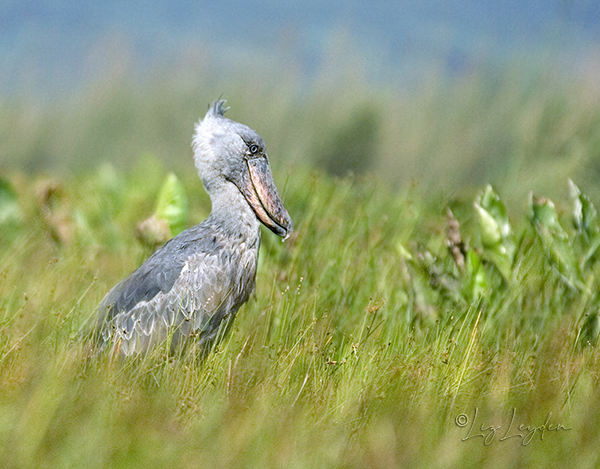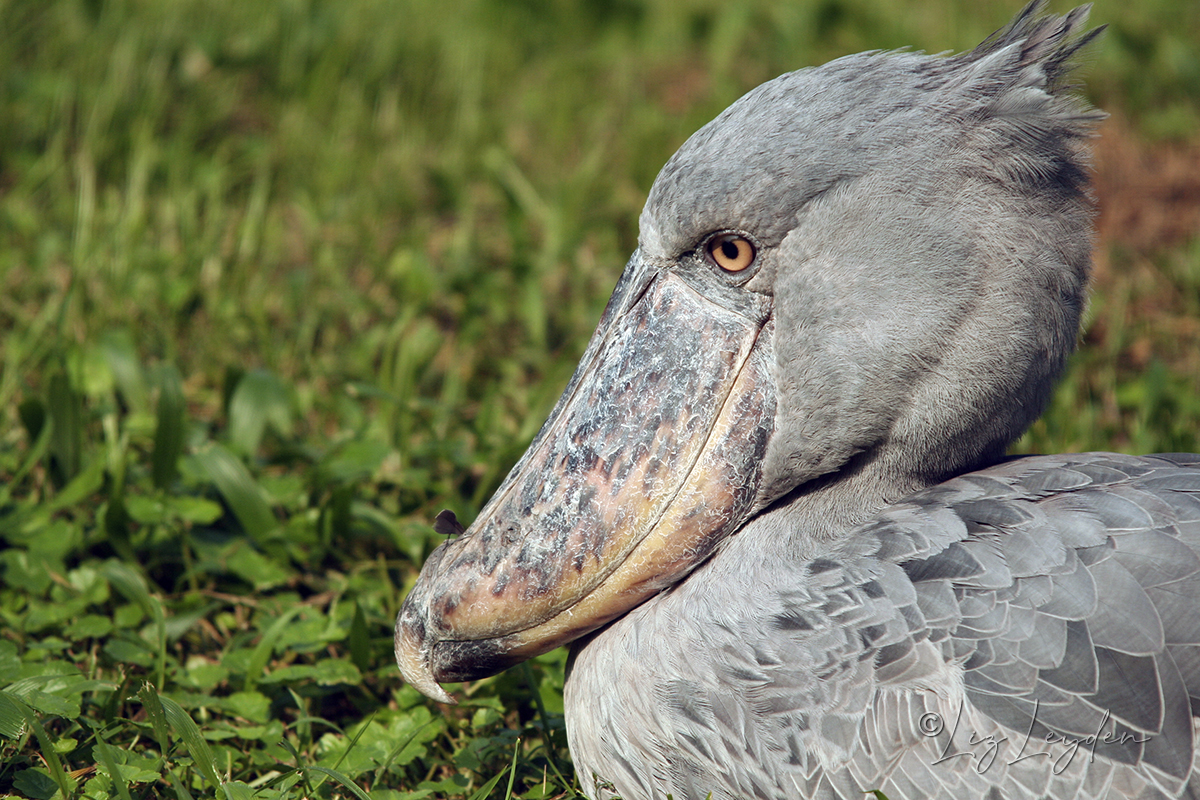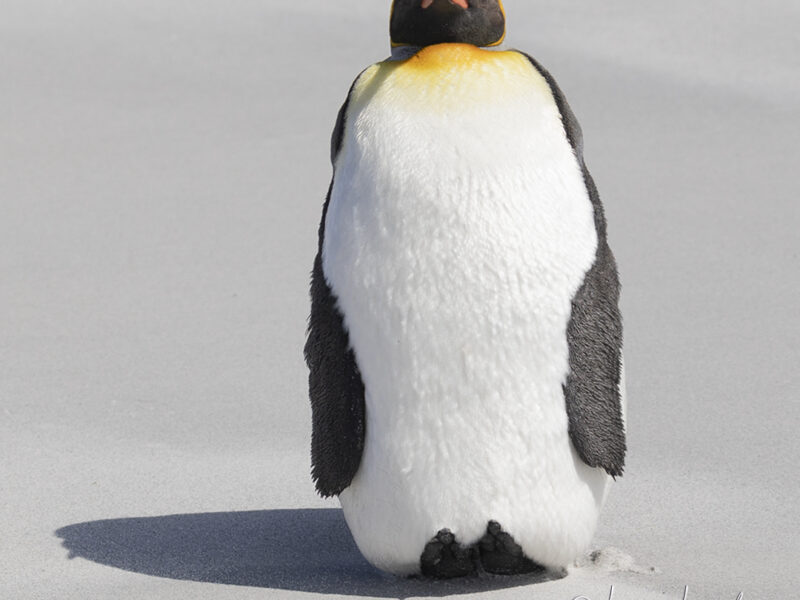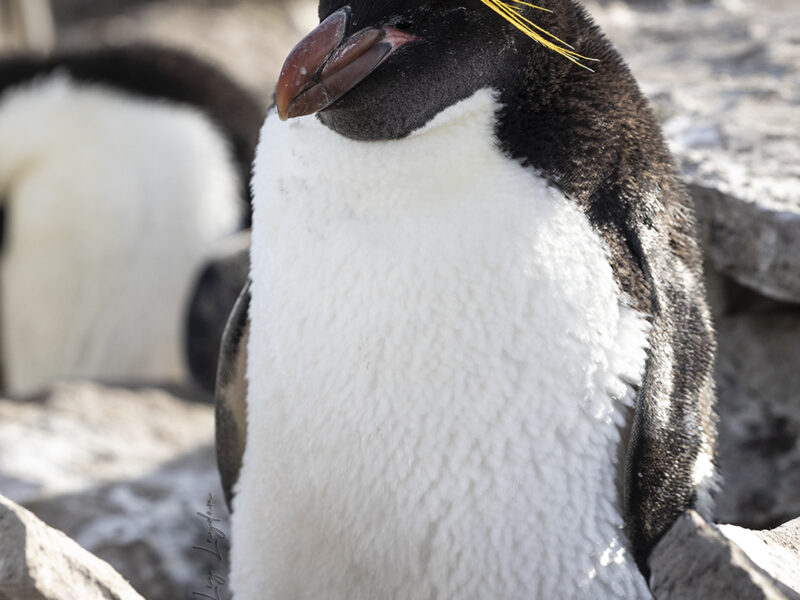A close-up photo of a Shoebill, Balaeniceps rex, one of the birds which is most sought-after in the world by birders because of its very unusual looks.
It was formerly thought to be a member of the stork family, and indeed old books refer to it as a Shoebill Stork or Shoe-billed Stork, but it is now believed to be a single family member of the Pelican order Pelicaniformes. Interestingly, the Victorian scientist John Gould, who gave it its Latin name, believed from the outset that it was related to Pelicans.
It is also sometimes known as the Whale-headed Stork, and the family name given by Gould Balaeniceps comes from two Latin words, balaena ‘whale’, and caput ‘head’, which is abbreviated to -ceps in compound Scientific Latin words. So, King Whale-head!
The Arabs have called this bird Abou Marqoub / Abu Markub, ‘father of the shoe’, also in reference to its distinctive beak. They referred to the bird as ‘a camel-sized bird with an enormous beak’, but as the bird is very secretive, this was dismissed as fanciful for many years.
“The most extraordinary bird I have seen for many years”.
John Gould
The Shoebill uses its huge beak to carry water to sprinkle over its eggs or chicks in very hot weather.
They also use it to deliver blows to their prey, usually fish, but rodents, reptiles, amphibians and sometimes waterbirds are also taken. These blows either kill their prey outright or stun it enough so that they can scoop it into their beak.
My Shoebill photo is available to purchase as a Royalty-free stock photo from iStock.
The photo of a Shoebill is also available for sale as various types of wall art, and as home and personal accessories, from my gallery at Pixels.com.
The Shoebill in the main photo above was photographed in Entebbe Wildlife Education Centre. Although it was a main target on the Uganda trip I was on, the group went to the Centre before setting off on safari, as an ‘insurance’ as the bird can prove very difficult to see. We overheard a guide telling some senior school pupils who were visiting the centre that these birds are important for tourism, as so many birders want to see it. They seemed incredulous, so we ‘butted in’ and assured them that our group was an example of this.

Our group was very lucky to see two wild Shoebills at Mabamba Swamp, a community-run RAMSAR wetland project west of Entebbe, on the northern shore of Lake Victorial.
This one, which we got closer to, stood motionless for the entire 90 minutes or so of our visit: they are very patient hunters and have been referred to as ‘marble statues’. The only difference in all my photos was the way its ‘top-knot’ was being blown by the breeze.
Both photos are copyright © Liz Leyden. All rights strictly as agreed in writing with the author or her agent.


